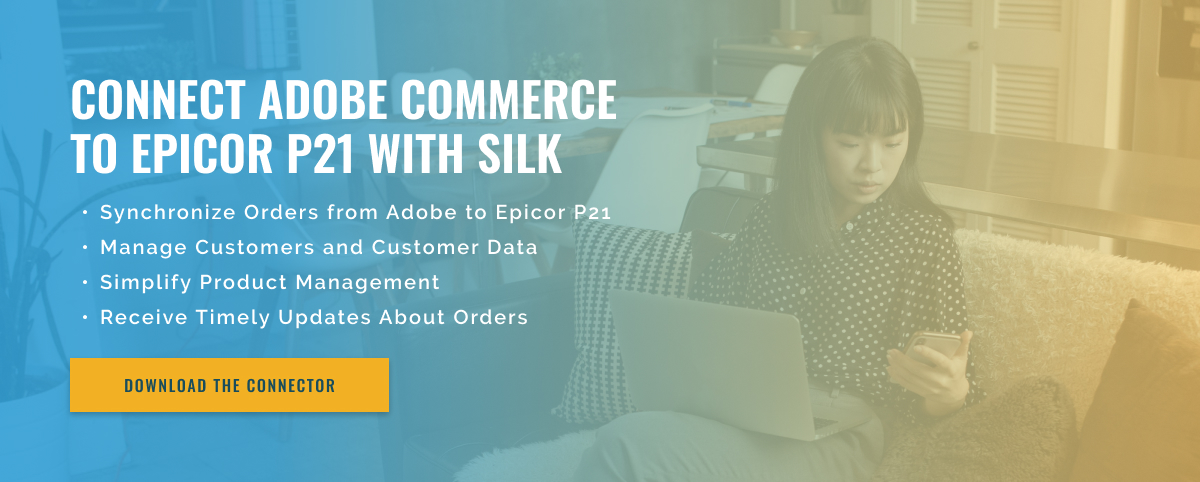3 minute read
Launching a Website with Adobe Commerce and Epicor P21
Launching a website can be a difficult task, especially when integrated with an enterprise resource planning (ERP) system. Today, many companies use Adobe Commerce and Epicor P21 to manage their online activities more effectively. In this article, we’ll cover the key steps to launching a website using these two powerful platforms.
1. Define your goals and objectives: Before we dive into the technical details, it’s important to define the key goals and objectives for launching your website. What do you want to achieve with your online presence? Do you want to increase sales, improve customer loyalty, or showcase your brand? Defining these goals will help you make informed decisions throughout the process.
2. Choose an Adobe Commerce hosting solution: The first step is to choose a hosting solution that is compatible with Adobe Commerce. This platform is based on the latest technologies and therefore requires an efficient hosting solution to handle traffic, performance, and security of the website. Adobe Commerce offers its own hosting services, but you can also choose from other reliable providers.
3. Install Epicor P21 integration: Epicor P21’s integration with Adobe Commerce is crucial as it syncs all data between both platforms. A special integration solution is installed that connects your ERP system with your website. This ensures that all order, product, customer, and inventory data is up to date.
4. Design and develop your website: Once you’ve set up your integration, it’s time to design and develop your website. Adobe Commerce offers a wide range of design templates and customization options to create a visually appealing and user-friendly website. You can also enlist the help of a professional web designer to ensure that your website meets your needs and reflects your brand identity.
5. Fill your website with content: After designing your website, it’s time to fill it with content. This includes product descriptions, photos, and any other relevant content designed to attract and retain your target audience. You can also integrate your social media accounts and add a blog section to keep your customers updated and engaged.
6. Test and Launch Your Website: Before you launch your website, you need to conduct thorough testing to ensure all features are working properly. This includes checking for technical issues, broken links and browser compatibility. Once you’re happy with the performance, it’s time to launch your website.

